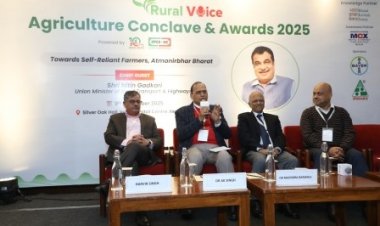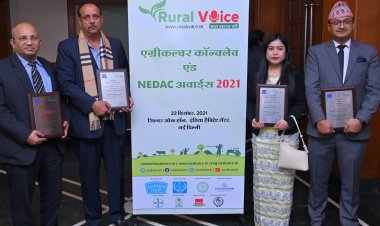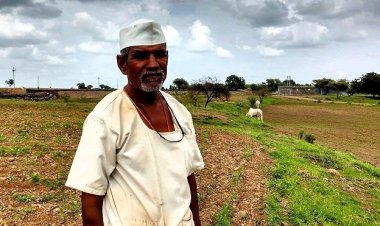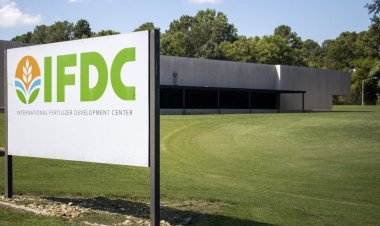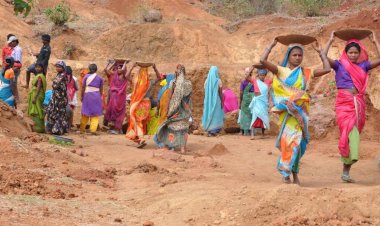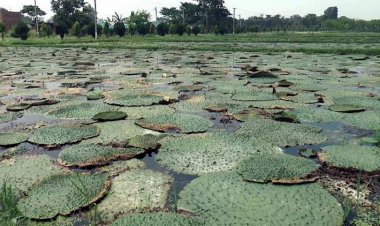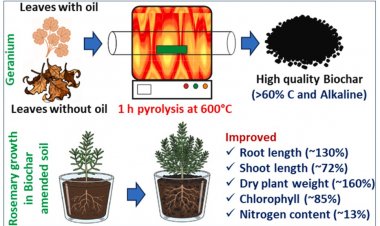Stubble trouble: Politics overtakes economics
Stubble burning begins around October and peaks in November, coinciding with the withdrawal of the southwest monsoon. The prevention of stubble burning is not guaranteed by only banning and punishing the farmers. In order to prevent this from happening in the future, there needs to be a permanent and effective solution.
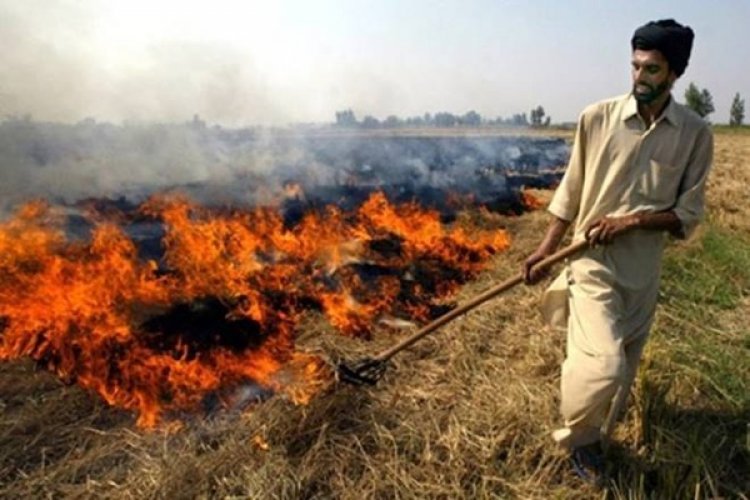
The Green Revolution has transformed the way agriculture used to be practised in India, especially in Punjab and Haryana. The economics of high-yielding varieties (HYVs) of paddy and wheat, supported by a guaranteed buyer (the government) and minimum support prices (MSPs), led to a crop duopoly and vitalized the practice of stubble burning. According to an official report, more than 500mn tonnes of parali (crop residues) is produced annually in the country. Cereal crops (rice, wheat, maize and millets) account for 70 per cent of the total crop residue.
Stubble burning begins around October and peaks in November, coinciding with the withdrawal of the southwest monsoon. The prevention of stubble burning is not guaranteed by only banning and punishing the farmers. In order to prevent this from happening in the future, there needs to be a permanent and effective solution.
Exposure to severe air pollution increases the risk of respiratory infections, heart disease, lung cancer and others. Children, the elderly and the poor are more susceptible to such conditions, especially when Covid has already struck havoc with the people. Experts say the most health-harmful pollutants are fine PM2.5 particles that penetrate deep into lung passageways. Over 24mn people living in Delhi-NCR are effectively breathing smoke and living in a gas chamber as termed by many.
The current PM2.5 concentration in this region is 20.9 times above the recommended limit given by the WHO air quality guidelines. During these months, the AQI level remains somewhere between 400 and 500 and sometimes above 500 in the Delhi-NCR region amid a thick layer of smog covering the city.
The number of stubble-burning incidents in Punjab rose 12.59 per cent year-on-year to 26,583 in the last 50 days, with a spurt in such cases after Diwali, according to the latest Indian Council of Agricultural Research (ICAR) data. However, when compared to Punjab, the number of paddy stubble-burning events in Haryana, Uttar Pradesh, Rajasthan, Madhya Pradesh and Delhi remained lower between September 15 and November 4 this year, the data showed.
Alarmed by hazardous pollution levels and health warnings, the Delhi government announced that primary schools would remain shut from Saturday and 50 per cent of its staff would work from home, while private offices have been advised to follow suit. Delhi's air quality remained "severe" for a second day on the trot, with stubble burning accounting for 30 per cent of the PM2.5 pollution in the capital, according to the Central Pollution Control Board and SAFAR, a forecasting agency under the Ministry of Earth and Sciences.
Over the last few days, the BJP and the Aam Aadmi Party (AAP) have traded barbs over the increase in stubble burning in Punjab. However, on November 4, Delhi Chief Minister Arvind Kejriwal and his Punjab counterpart Bhagwant Mann owned responsibility for paddy straw burning in the agrarian state and promised to curb the practice by next winter. "We (AAP) have our government in Punjab and we are responsible if parali is being burnt there. Farmers are not responsible for it," Kejriwal said in a joint press conference with Mann.
Union Agriculture Minister Narendra Singh Tomar said stubble burning was not a "political issue" but expressed concern over rising farm fires despite funding and machines provided by the Centre. The Supreme Court agreed to list for hearing on November 10 a public interest litigation seeking fresh guidelines on stubble burning.
Taking note of the hazardous air quality, the National Human Rights Commission (NHRC) asked the chief secretaries of Punjab, Haryana, Uttar Pradesh and Delhi to appear before it on November 10 to discuss the matter. The commission said it was "not satisfied" with the action taken so far to address the issue and that "much more" needs to be done to reduce pollution in Delhi.
The Delhi government has decided to implement the anti-pollution curbs recommended by the Commission for Air Quality Management (CAQM), including a ban on non-BS VI diesel-run light motor vehicles. The 24-hour average air quality index (AQI) of Delhi had jumped to 450, just a notch short of the 'severe plus' category, on November 3, prompting the authorities to invoke the final stage of anti-pollution curbs under the Graded Response Action Plan (GRAP) — a set of anti-pollution measures followed in Delhi and its surrounding towns according to the severity of the situation. An AQI of above 400 is considered "severe" which can affect healthy people and seriously impact those with existing illnesses.
According to the Energy Policy Institute at the University of Chicago's Air Quality Life Index (AQLI) released in June, the residents of Delhi stand to lose 10 years of life expectancy due to poor air quality. An analysis conducted by the DPCC in 2021 showed people in the capital breathe the worst air between November 1 and November 15 when stubble burning peaks.
If the estimates of Greenpeace are believed, dangerous PM2.5 air pollution is causing thousands of deaths and costing the city's economy billions of dollars. The saddest part of this precarious development is that this is not a one-time situation, but happens every year during these months amid very bad AQI levels throughout the year.
Singapore and Malaysia confronted the same kind of situation when the burning of Indonesian forests happened just a couple of years back caused by farmers using slash-and-burn techniques to clear the ecologically rich land, but through economic incentives, they got over the trouble. The same practice created uncontrolled fires in the Brazilian Amazon and in several other places, but they also came out with tangible solutions.
(Subhashis Mittra is a New Delhi-based senior journalist, freelance writer and public policy analyst.)



 Join the RuralVoice whatsapp group
Join the RuralVoice whatsapp group




















